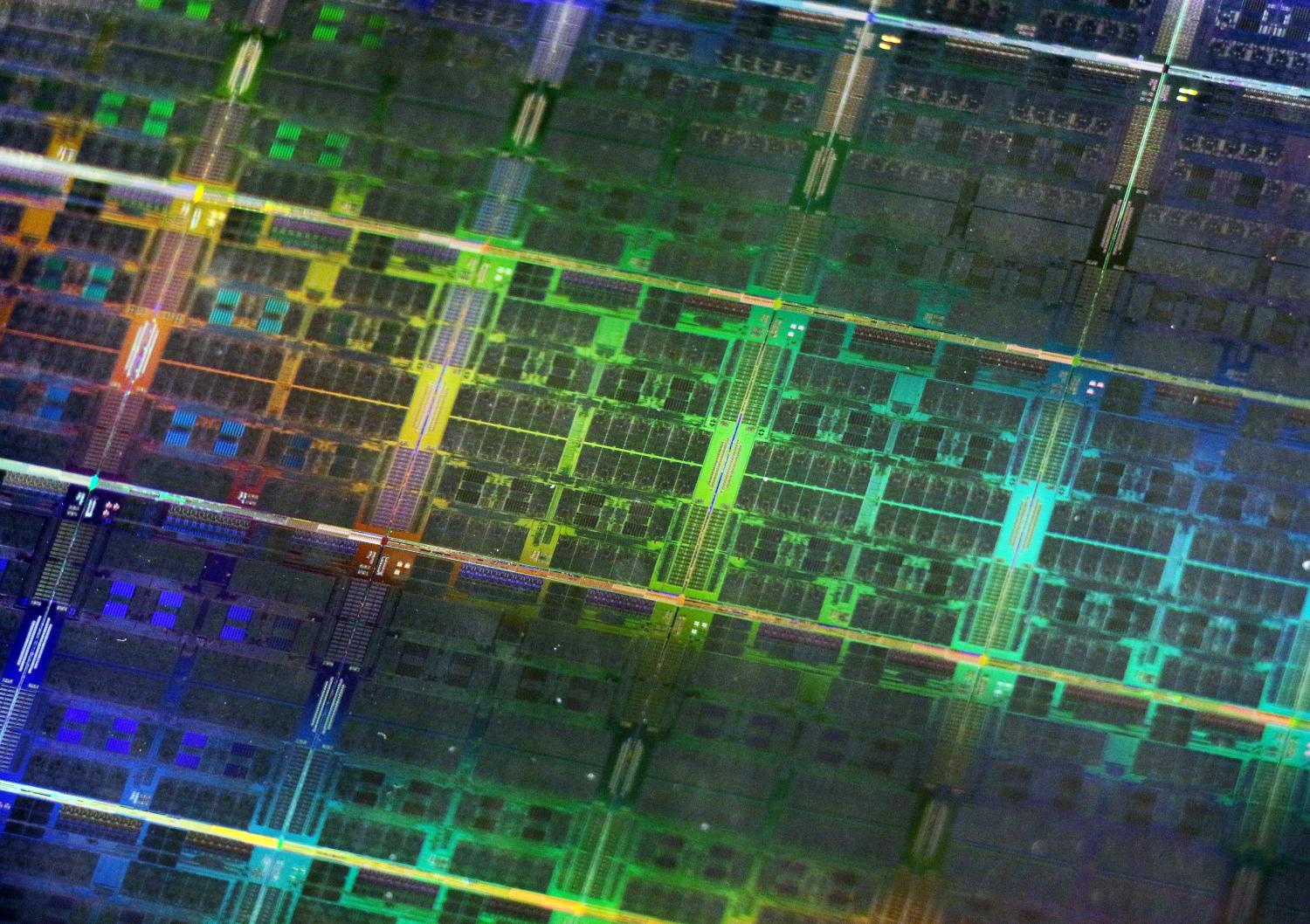Executive summary
 The Chinese government is investing tens of billions of dollars in its computer chip factories and may eventually achieve global state-of-the-art manufacturing capabilities. However, China can succeed only if the United States, Japan, and the Netherlands continue to sell it the manufacturing equipment necessary to operate its chip factories. If these states deny access to this specialized equipment, China would find it nearly impossible to develop or maintain advanced chip factories for the foreseeable future. Countering the Chinese government’s market-distorting subsidies with such export controls would shift chip factory capacity to democracies, especially the United States, Taiwan, and South Korea. As a result, the firms making specialized manufacturing equipment for chips would experience little to no long-term revenue loss from such export controls, and may even benefit from working with more reliable partners in these democracies.
The Chinese government is investing tens of billions of dollars in its computer chip factories and may eventually achieve global state-of-the-art manufacturing capabilities. However, China can succeed only if the United States, Japan, and the Netherlands continue to sell it the manufacturing equipment necessary to operate its chip factories. If these states deny access to this specialized equipment, China would find it nearly impossible to develop or maintain advanced chip factories for the foreseeable future. Countering the Chinese government’s market-distorting subsidies with such export controls would shift chip factory capacity to democracies, especially the United States, Taiwan, and South Korea. As a result, the firms making specialized manufacturing equipment for chips would experience little to no long-term revenue loss from such export controls, and may even benefit from working with more reliable partners in these democracies.
It is in the security interests of democratic states, including the United States, for China to remain reliant on democracies for state-of-the-art chips. Advanced weapons systems and many emerging technologies for surveillance and oppression depend on state-of-the-art chips — currently produced only by firms in the United States, Taiwan, and South Korea. Maintaining exclusive control of these chips will allow democracies to implement targeted end-use and end-user export controls on them, largely preempting China’s development and use of many dangerous or destabilizing technologies.





